Harmonic Analysis (RMA) Worksheet for the 1929 Fats Waller classic: Ain't Misbehavin.
Harmonic Analysis (RMA) Worksheet for the 1929 Fats Waller classic: Ain't Misbehavin.
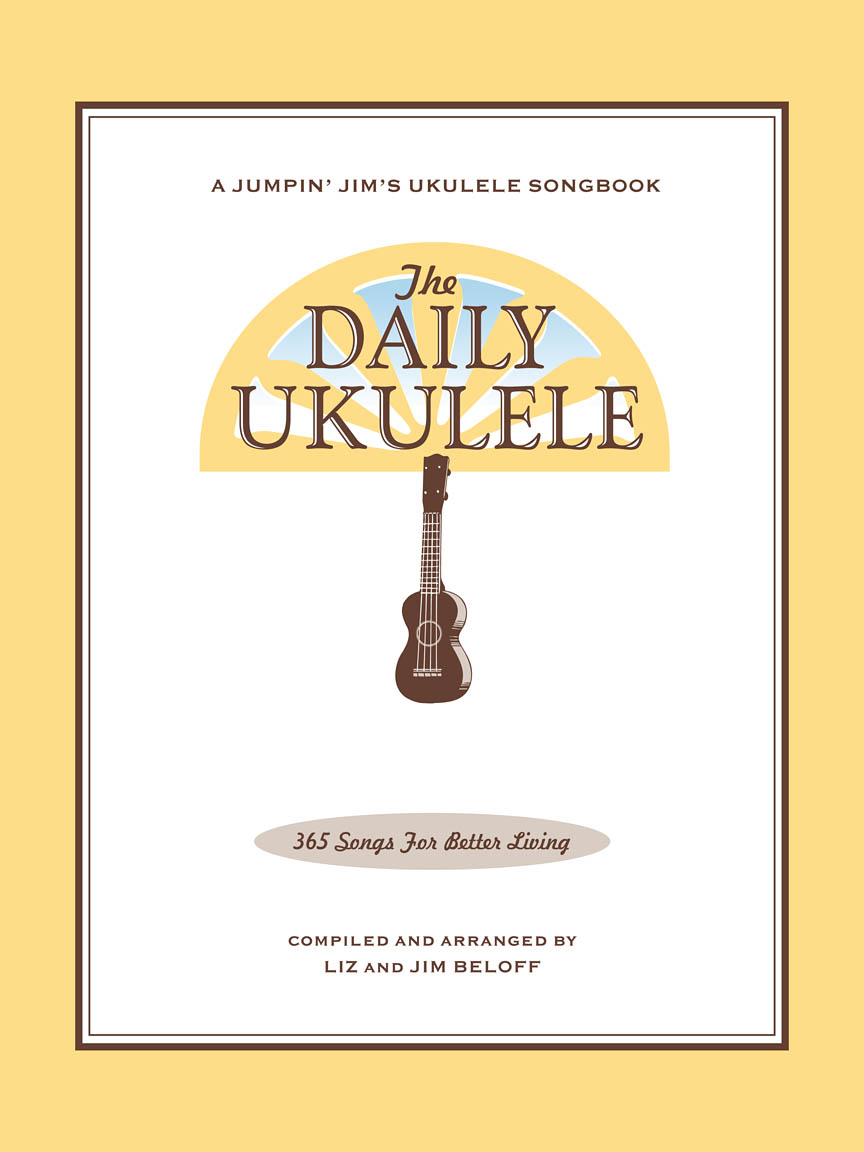
The Daily Ukulele— 365 Songs for Better Living book.









Checkout my, Curt's re-harmonization below . In most cases the RMA/HA is the same.
1.
C
Am
Dm
G7
E7
A7
D7
G7
I
VI
II
V
III7
( V of VI)
I7
( V of IV)
II7
( V of V)
V7
E Mix+4
A Mix+4
D Mix+4
G Mix
2.
C
Fm
C
E7
I
IVm
I
III7/V of VI
F Dor
E Mix-2-6

The E7 (V of VI) Secondary Dominant chord is used to setup the Internal Modulation to the relative minor key of C, Am.
D.C. al Fine
The G Am D7 G7 could fit the definition of an Internal Modulation, as it is three chords and feels like it truly do modulation to. Doesn't stay long and the resolution is not G but a G7 the V of the home and original key. A P4 Cycle of three seventh chords leading right back to C, the home key.
Modern Jazz Version
Curt's Re-harmonized Jazzier
version of Ain't Misbehavin` using more modern 4-part Jazz
chords suitable for uke groups and jams.
C6/9
C♯°7
Dm7
G13
Cmaj7
C9/Bb
Fmaj9/A
Fm6/A♭
I
I♯°7
II
V
I
I7
( V of IV)
IV
IVm
C Mixolydian
F Dorian
1.
C6
A7♭9
Dm7
B7♭9
E7
A7♭9
D7
G7♯5
I
VI7
( V of II)
II
VII7
( V of III)
III7
( V of VI)
VI7
( V of II)
II7
( V of V)
V7
A Mix-2-6
B Mix+4
E Mix+4
A Mix+4
D Mix+4
G Mix
2.
Dm7
D♭7
C6
Fm6
C6
E7♭9
II
♭II7
(tritone sub)
I
IVm6
I
III7
( V of VI)
Db Mix+4
F Dor
E Mix-2-6
3 Fine or add Ending.
C6
C
I
D.C. al Fine
G6 (Em7)
E7♭9
Am7
D7
G7
A7
D7
G7♭9
I
VI7
( V of II)
II
II7
( V of V)
I/V
VI7
( V of II)
II7
( V of V)
V
E Mix-2-6
D Mix+4
A Mix+4
D Mix
The G Am D7 G7 could fit the definition of an Internal Modulation, as it is three chords and feels like it truly do modulation to. Doesn't stay long and the resolution is not G but a G7 the V of the home and original key. A P4 Cycle of three seventh chords leading right back to C, the home key.
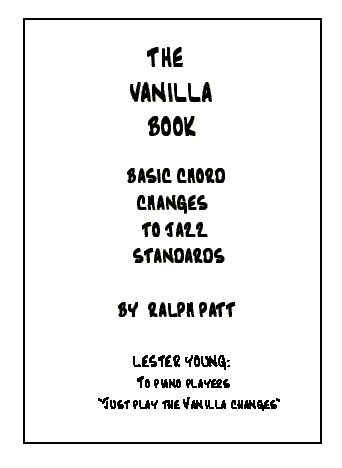
Vanillachanges for Ain't Misbehavin' • The Vanilla Book uncovers the basic ("Vanilla") chord changes to over 400 of the most commonly played jazz
standardsto help the jazz player learn the basic
changesand allow the player to add embellishments and substitutions on a solid framework.
Embellishments to basic chords such as added 6ths, 9ths, 13ths, flat 5ths etc. are usually determined by the melody notes and the style of music being played.

Key of Eb 4/4
[: Eb Edim | Fm7 F#dim | Eb G7 | Ab Abm |
1._________________________
| Eb C7 | Fm7 Bb7 | G7 C7 | F7 Bb7 :]
2._____________________________
| Eb Abm | Eb G7 | Cm | Ab7 |
| F7 | C7 | Bb | F7 |
| Bb7 C7 | F7 Bb7 || Eb Edim | Fm7 F#dim |
| Eb G7 | Ab Abm | Eb C7 | Fm7 Bb7 |
| Eb | Eb |
A Harmonic Analysis (RMA/HA) and its worksheet are intended to show the function of the chords, the harmonic principles used, the keys and tonalities the song explores. And, can be used for scale selections and chord and scale substitutions.
lead leadsheet.Minimal roadmap information such as repeats, fine, D.S., D.C., and codas has been used in preparing the worksheets to somewhat mirror the leadsheet in the Daily Ukulele book.
Yellow Book. You should start to recognize that 1st endings typically always return to a previous verse or an
 section. With a 2nd ending, a transition to a different part of the song, a
section. With a 2nd ending, a transition to a different part of the song, a  or chorus. Harmonic Principles are used for these repeats and transitions.
or chorus. Harmonic Principles are used for these repeats and transitions.- Ain't Misbehavin' is in the Key of C .
- Full Diatonic
- Partial Diatonic • Full Diatonic includes Secondary Dominant chords
- A brief Internal Modulation
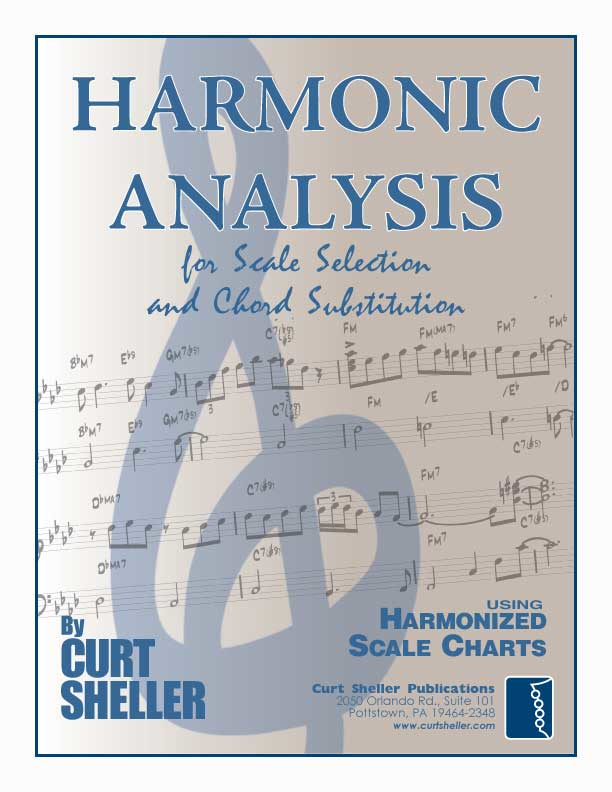
Contemporary Scales: Minor Pent: Minor Pentatonic, Pent: Major Pentatonic, Blues,
Scale/Mode Names: Ion: Ionian (Major), Dor: Dorian (Minor), Phrygian: Phrygian, Lyd: Lydian, Mix: Mixolydian (Dominant), Aeol: Aeolian (Natural Minor), Loc: Locrian
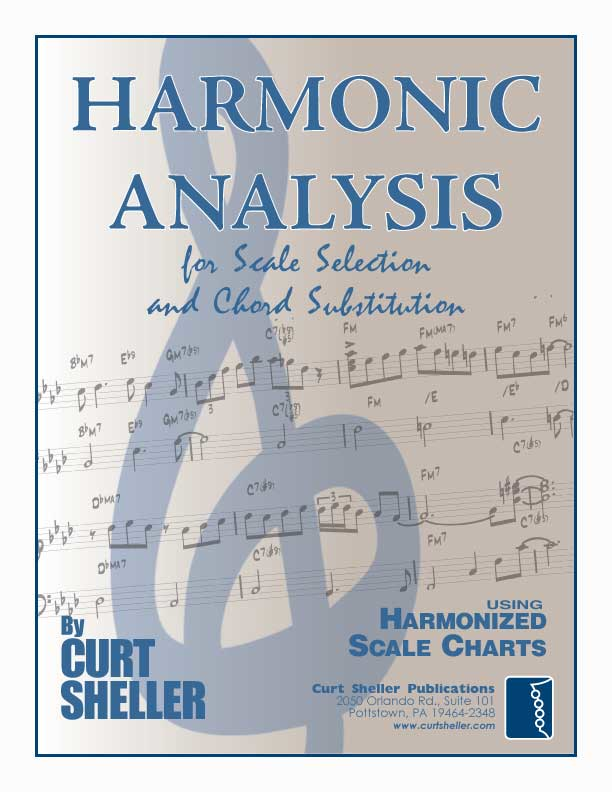
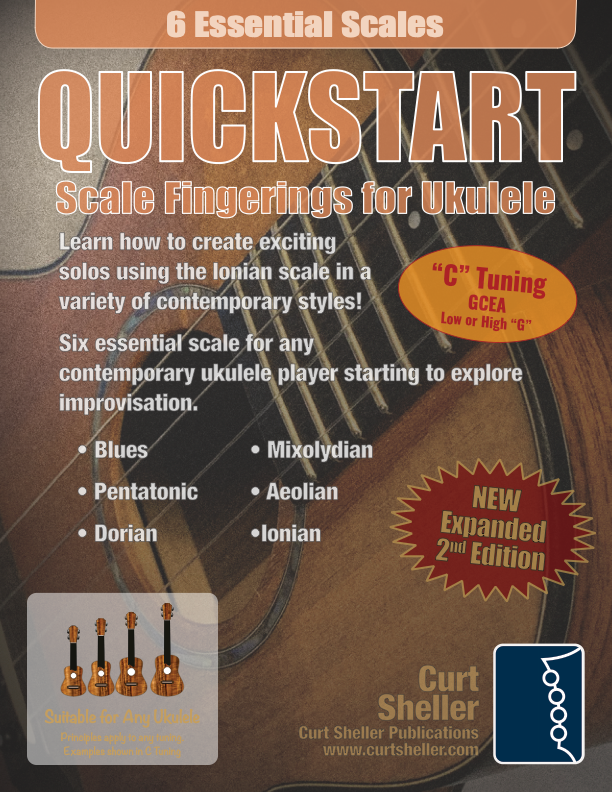
Related Lessons, Videos, Lesson Series, Songs, Books & Reference Charts, Resources & Assets, Workshops are below.

Harmonic Analysis (HA), also known as the study of chord relationships, is the method used to identify the harmonic role of chords within a chord progression or song. A chord progression refers to a sequence of chords, with each chord having a root note and belonging to a specific chord type. The function of a chord within a particular scale's tonality is determined by its relationship to that scale.
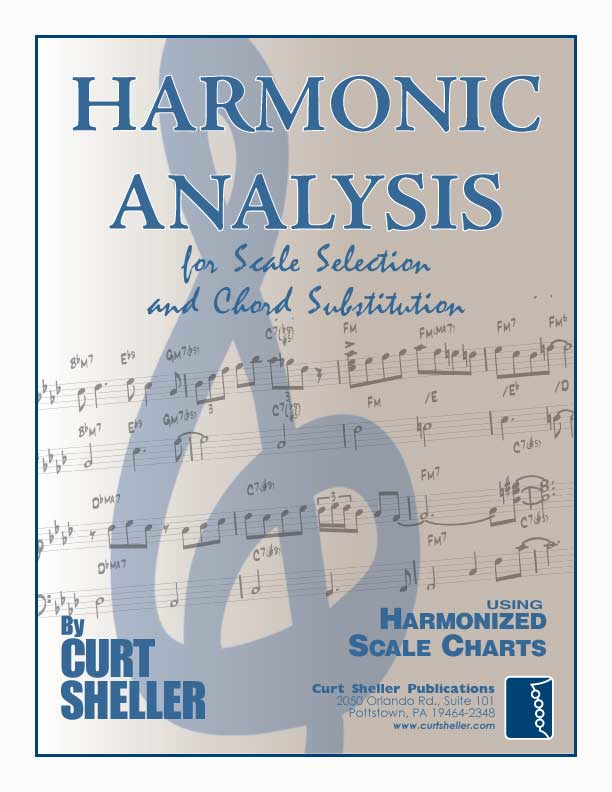
Harmonic Analysis is the understanding of the functional sequence of chords. It is the process used to analyze the harmonic structure of a progression, song or composition. This analysis is then used to make scale selections for improvisation and chord substitution.
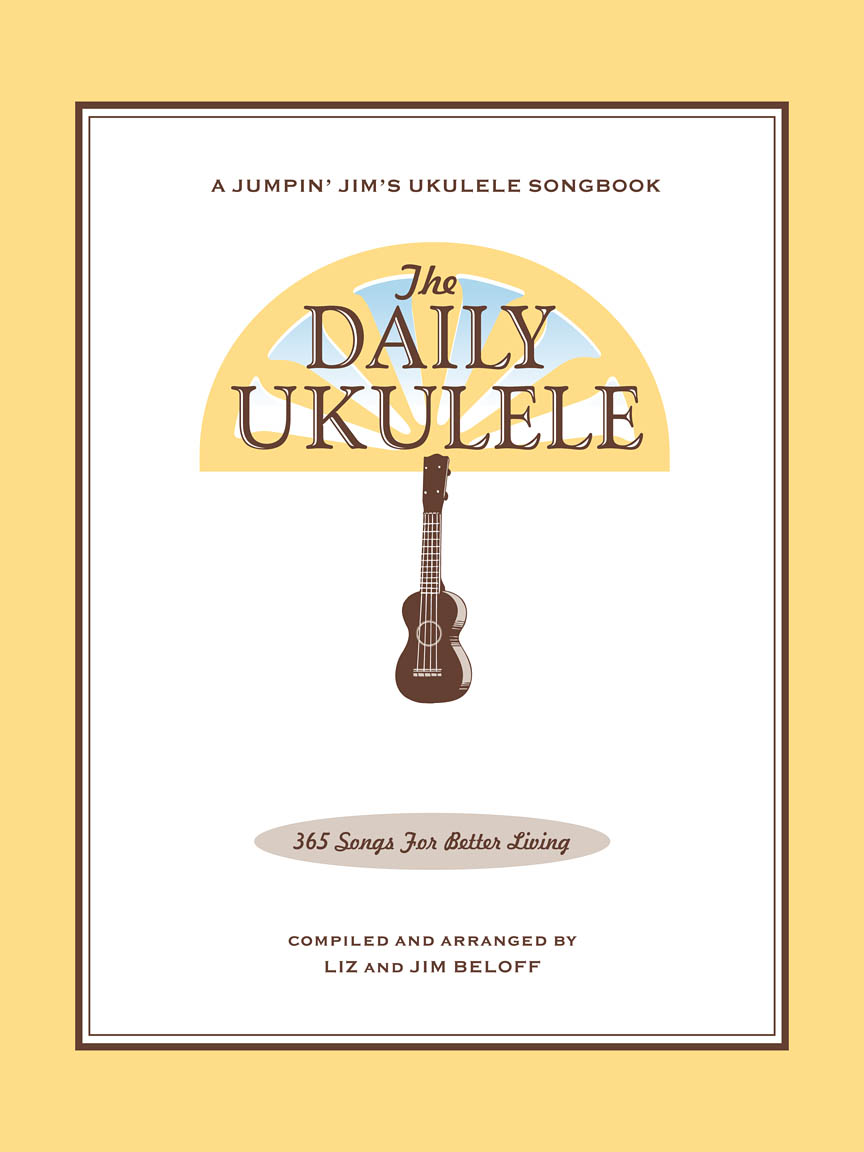
Strum a different song every day with easy arrangements of 365 of your favorite songs in one big songbook! The Daily Ukulele features ukulele arrangements with melody, lyrics and uke chord grids and are in ukulele-friendly keys that are particularly suited for groups of one to one hundred to play and sing.


return in your investment)—it is this— learning the
f*ckingnotes of your OWN instrument. Sorry for the tough talks—but it is sooooo true!

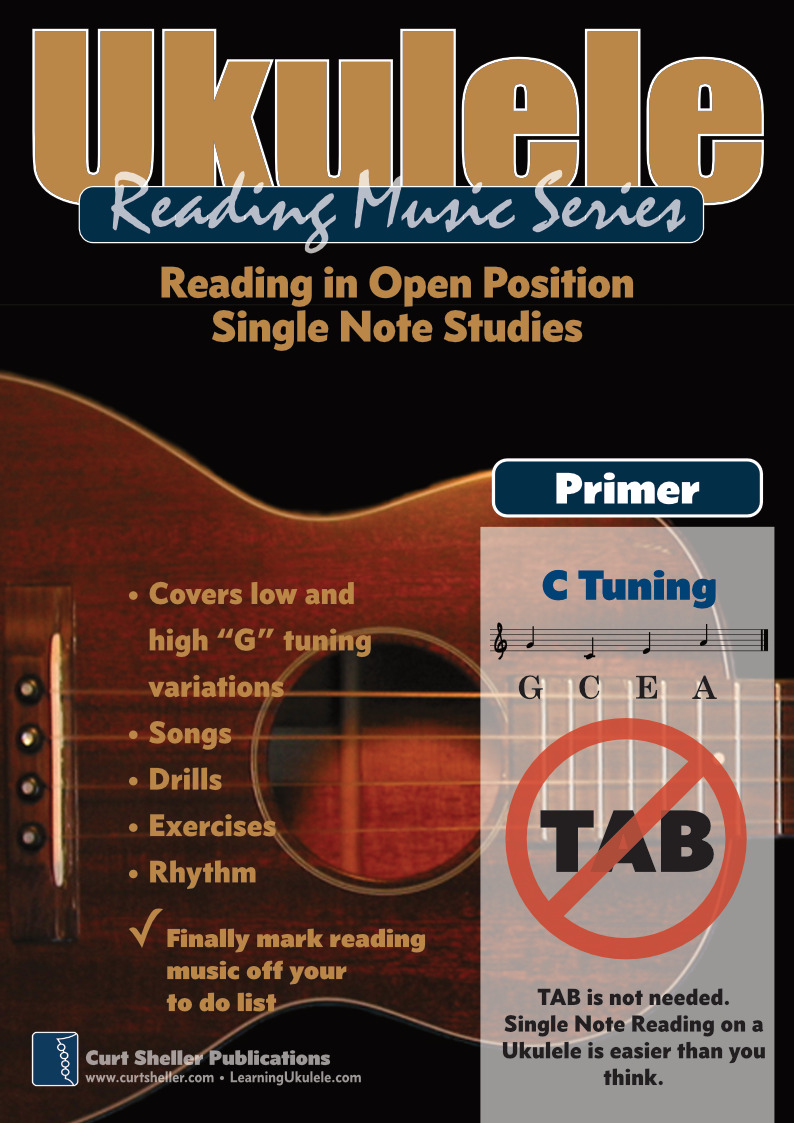
Learn to read single note melodies in the first/open position is a lot easier than you might think. Book: Ukulele – Reading Music Series – Primer
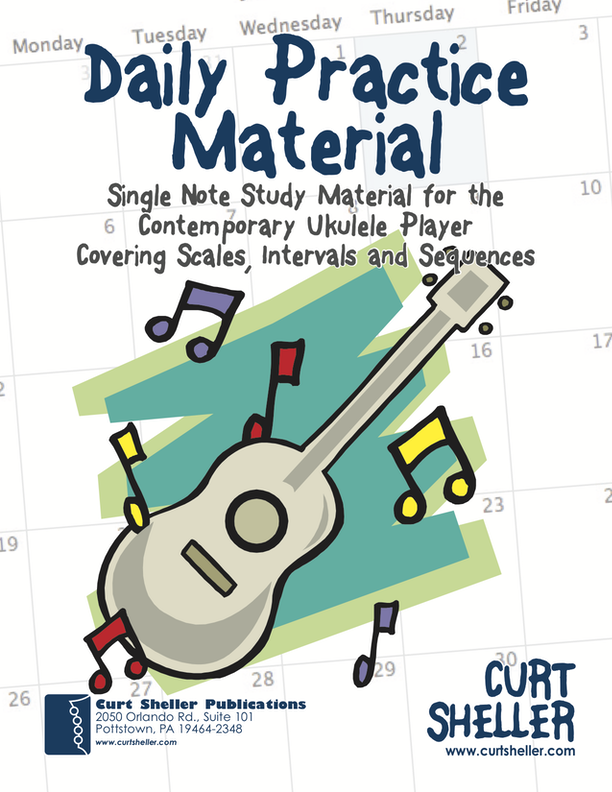
An organized collection of daily practice and reference material for the contemporary ukulele player for developing the vocabulary and knowledge necessary for single note playing. Book: Daily Practice Material for the Contemporary Ukulele
Checkout the Books & Reference Charts for additional Handy, Dandy Reference Charts.
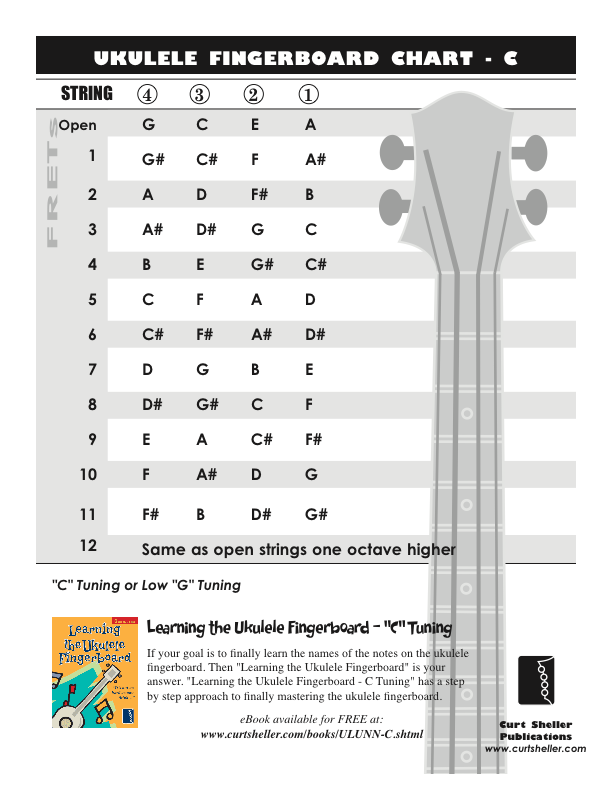
Ukulele Fingerboard Chart for C Tuning, Low or High G – G C E A
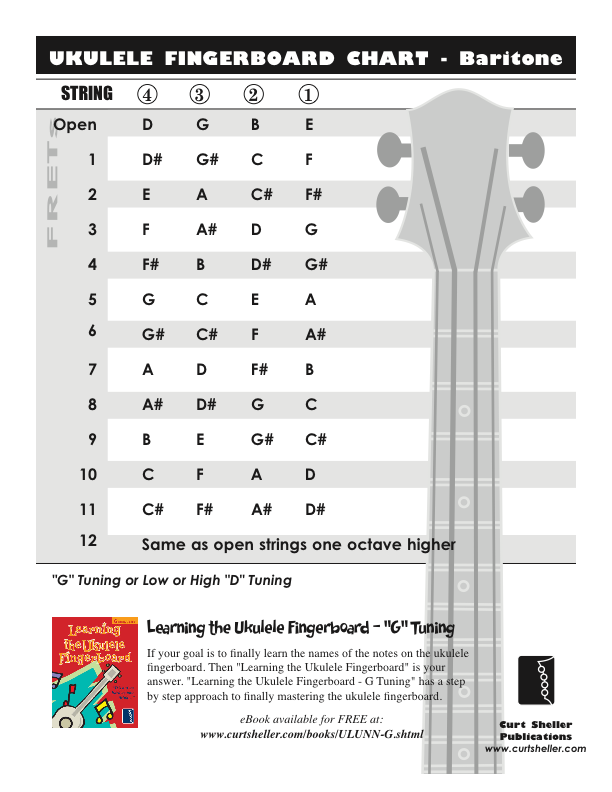
Ukulele Fingerboard Chart for G Tuning, Low or High A – D G B E
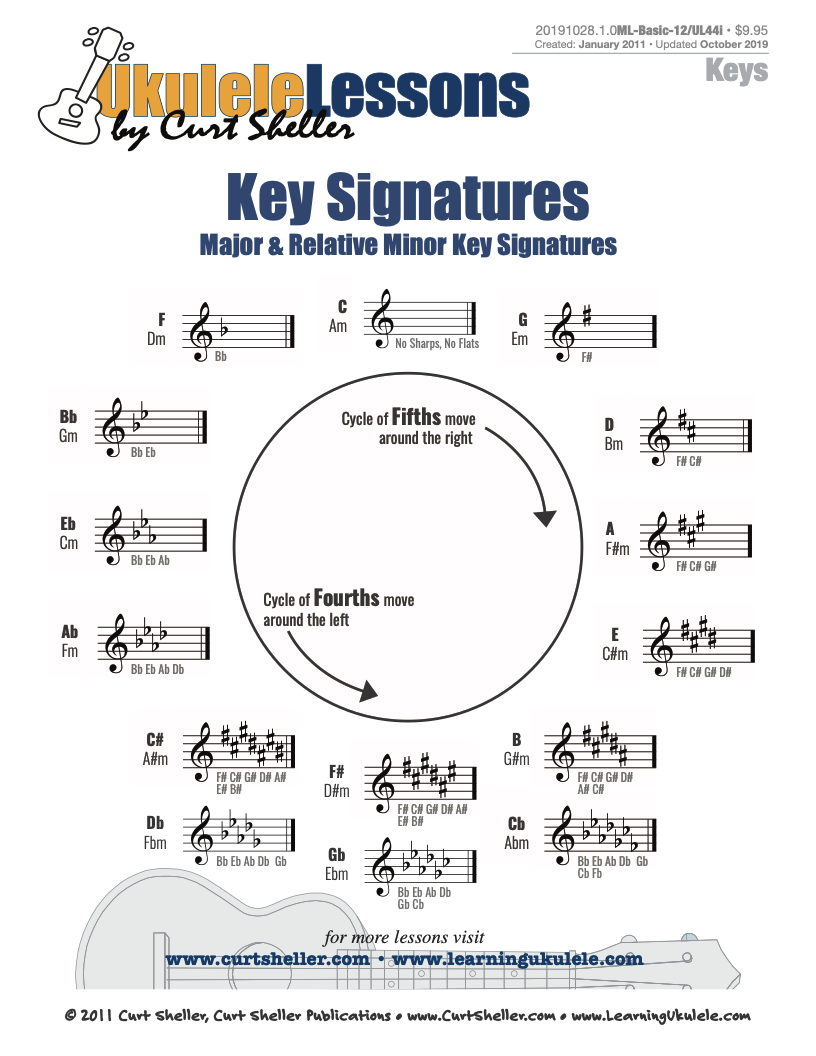
A handy reference chart of all 15 major and relative minor key signatures. US Letter 8.5 x 11 sized (ANSI-A) , A4



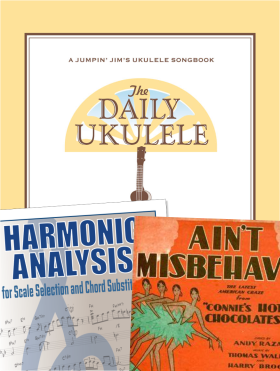



.jpg)